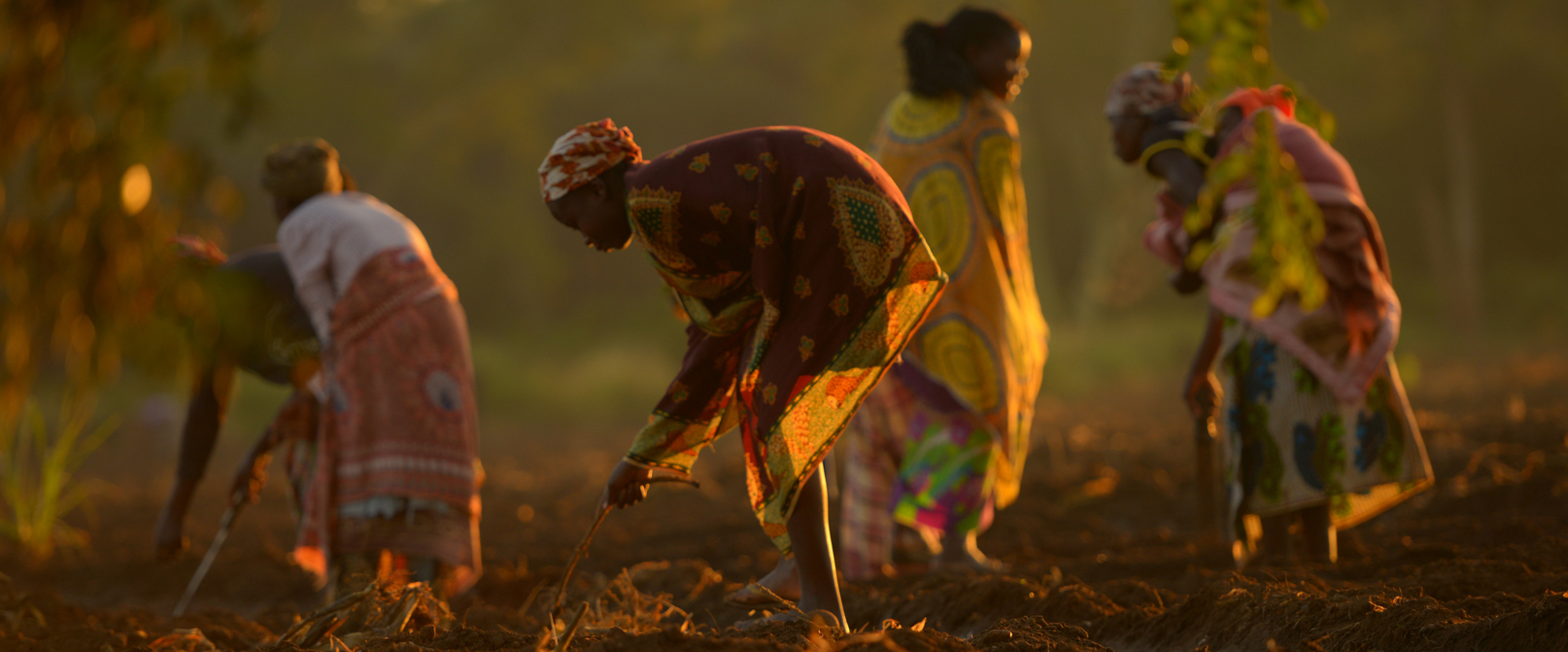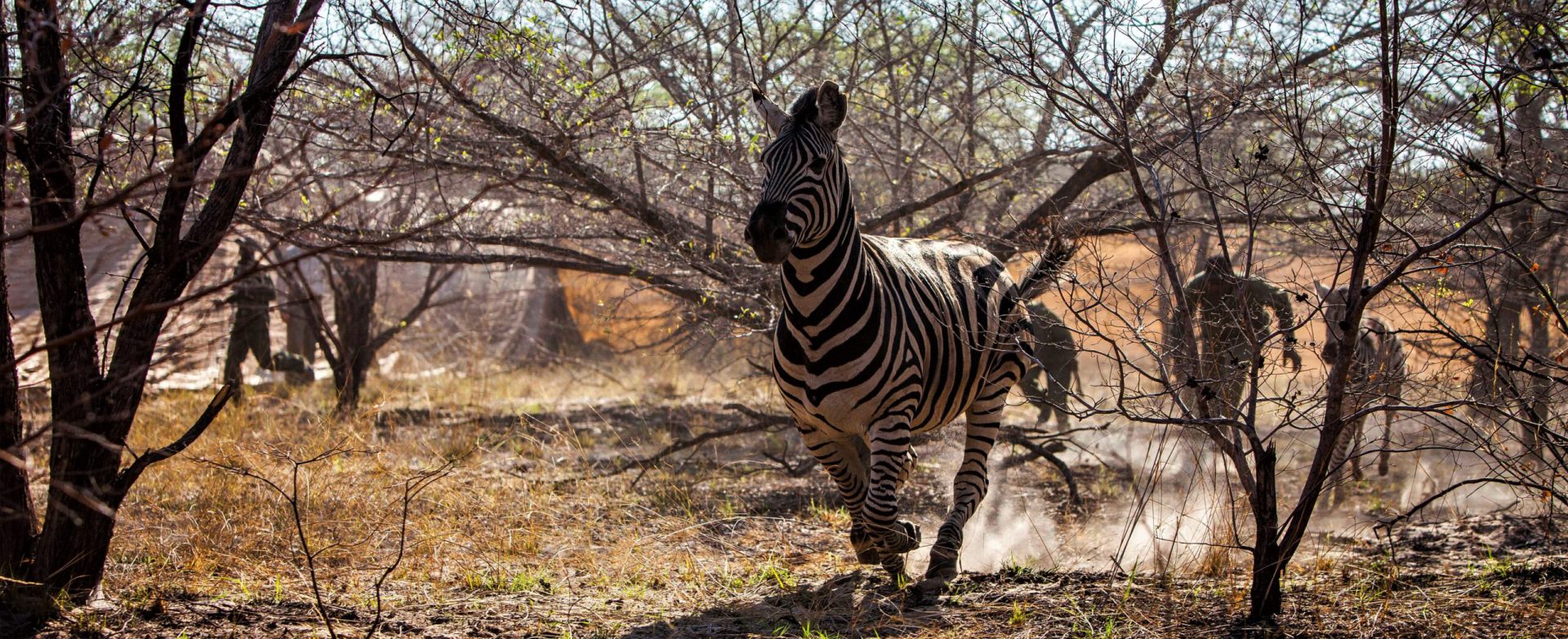RESHAPING TOMORROW’S CLIMATE NARRATIVE

Southern Africa is among the most climate vulnerable regions in the world. Peace Parks addresses the climate emergency by protecting, connecting and restoring the very ecosystem services that vulnerable communities depend on. This also increases the robustness of ecosystems and their resilience to climate shocks such as extreme weather events, ensuring that the areas can continue to provide the essential water, food and wildlife based economies which, in turn, provide local jobs. Making positive, proactive engagement is vital. This promotes the adaptability and resilience of local people, anchored in ecosystem restoration and good stewardship practices.
We deploy inclusive governance models – or co-management – of these areas to address decision-making on land-use planning, including climate adaptation considerations and the people who, in some cases, have been largely excluded. Peace Parks’ rewilding efforts are also contributing considerably to natural carbon capture and storage, also known as ‘animating the carbon cycle’.

ALL ABOUT CARBON
While research on the quantification of increased carbon storage as a result of rewilding is still nascent, it has been found that rewilded ecosystems may capture up to 19 times the amount of carbon compared to degraded ecosystems. Peace Parks promotes and implements nature-based solutions because it is the optimal approach to solving the compounding challenges of biodiversity loss and climate change. We enable communities to be stewards of their forests, connecting them to the global climate finance market by facilitating the certification of emissions reductions at scale.
Our present initiatives aim to directly protect 392,500,000 tonnes of carbon by 2030.
Irrecoverable carbon refers to the vast stores of carbon in nature that are vulnerable to release from human activity and, if lost, could not be restored by 2050 – when the world must reach net-zero emissions to avoid the worst impacts of climate change. Our REDD+ initiatives have the potential to span up to 35,000 km2 which will avoid the release of 3,500,000 tonnes of carbon dioxide per year.
ANIMATING THE CARBON CYCLE – REWILDING

Eland, the second largest antelope species in Africa, will hold great appeal in Zinave for plains game viewing, as well as fulfilling a crucial and distinct ecosystem role.
Animating the carbon cycle champions the role that healthy populations of wild animals can play in boosting the ability of ecosystems to store carbon, helping the planet stay within 1.5°C of temperature rise over pre-industrial levels.
Recognised as one of the most efficient and cost-effective nature-based solutions, rewilding, restoring, and conserving species could magnify carbon uptake by 1.5 to 12.5 times or more across the world’s terrestrial, freshwater, and marine ecosystems, according to research presented at CoP26.
Peace Parks’ rewilding efforts target the core of ecosystem functionality and offer a systemic solution to interconnected global challenges, thus supporting several key goals of the agreement. By fostering a paradigm shift in how we leverage nature for climate and societal benefit, our rewilding strategy is helping to strengthen ecosystem services, mitigate biodiversity loss and the vulnerability of communities, and fulfil international commitments related to climate change and biodiversity conservation. Through this holistic approach, we are nurturing spaces where nature and humanity can harmoniously, and adaptably, coexist, affirming that in safeguarding nature, we secure our own future.









